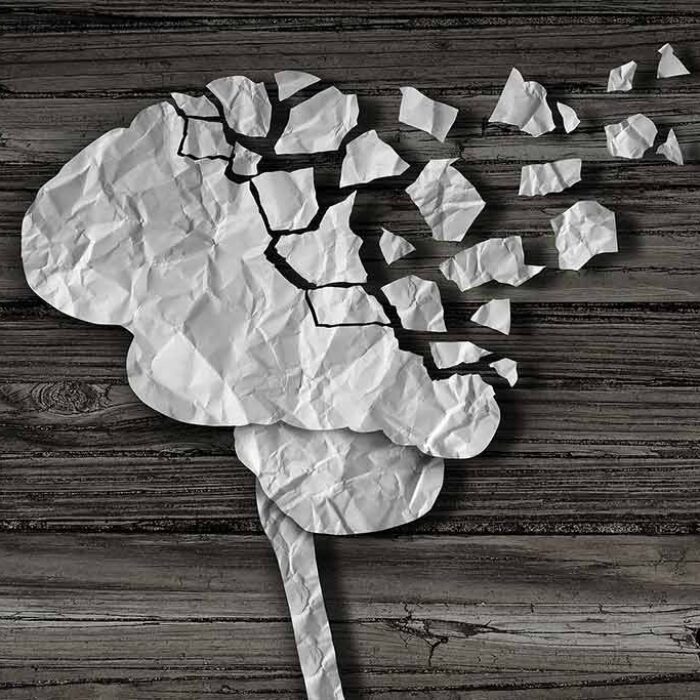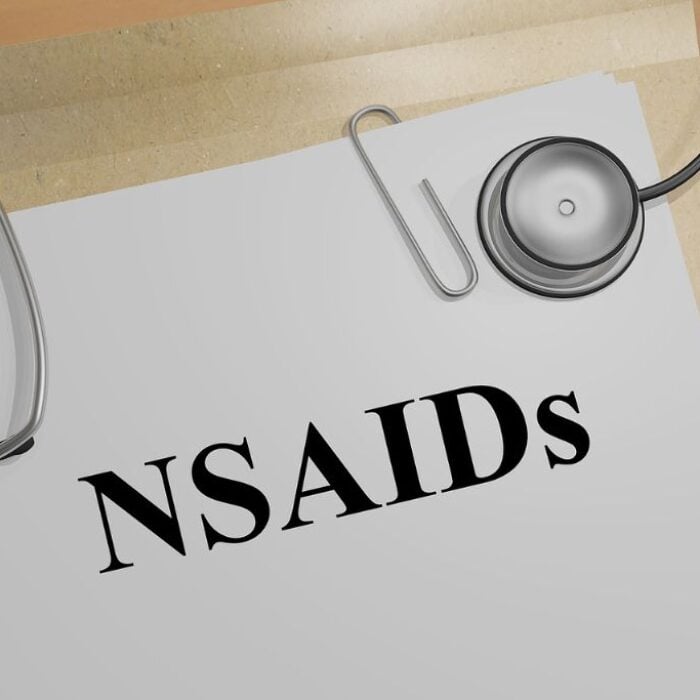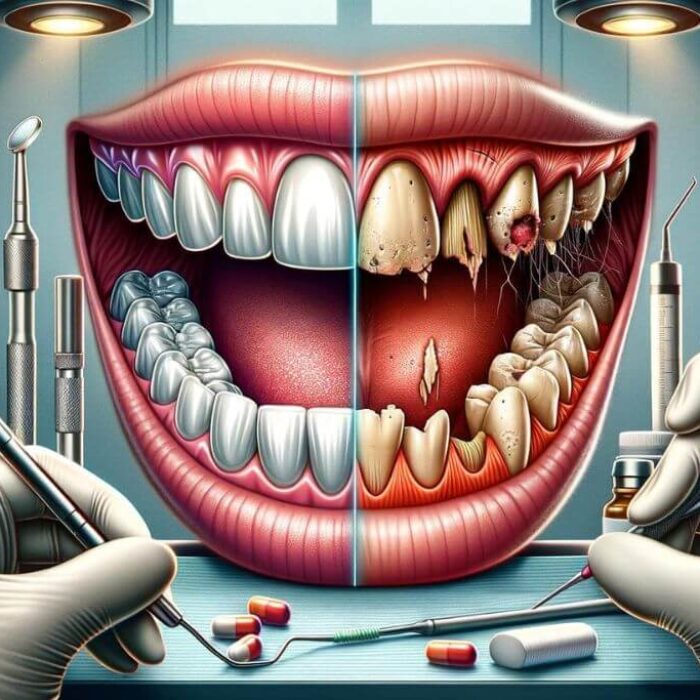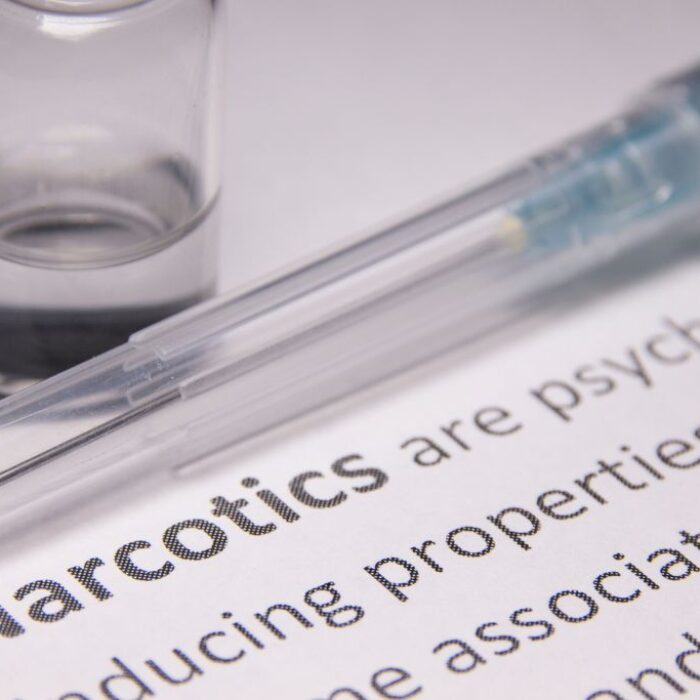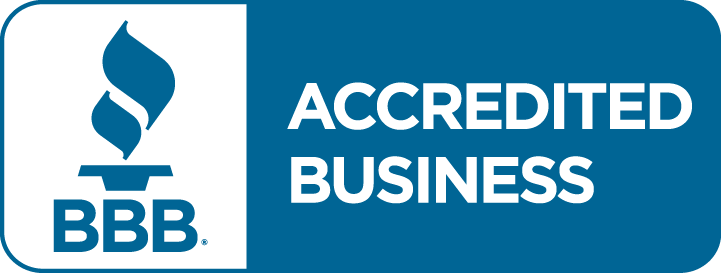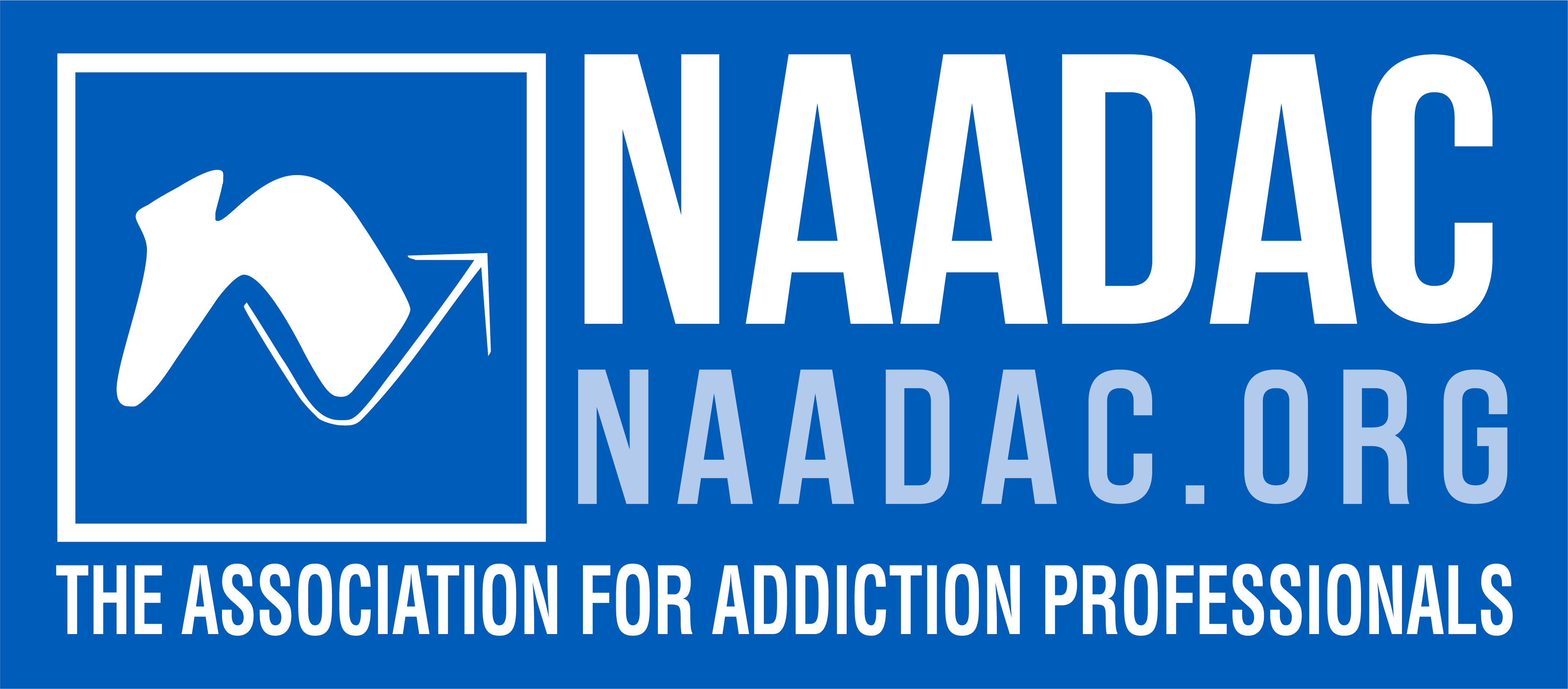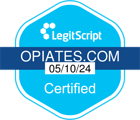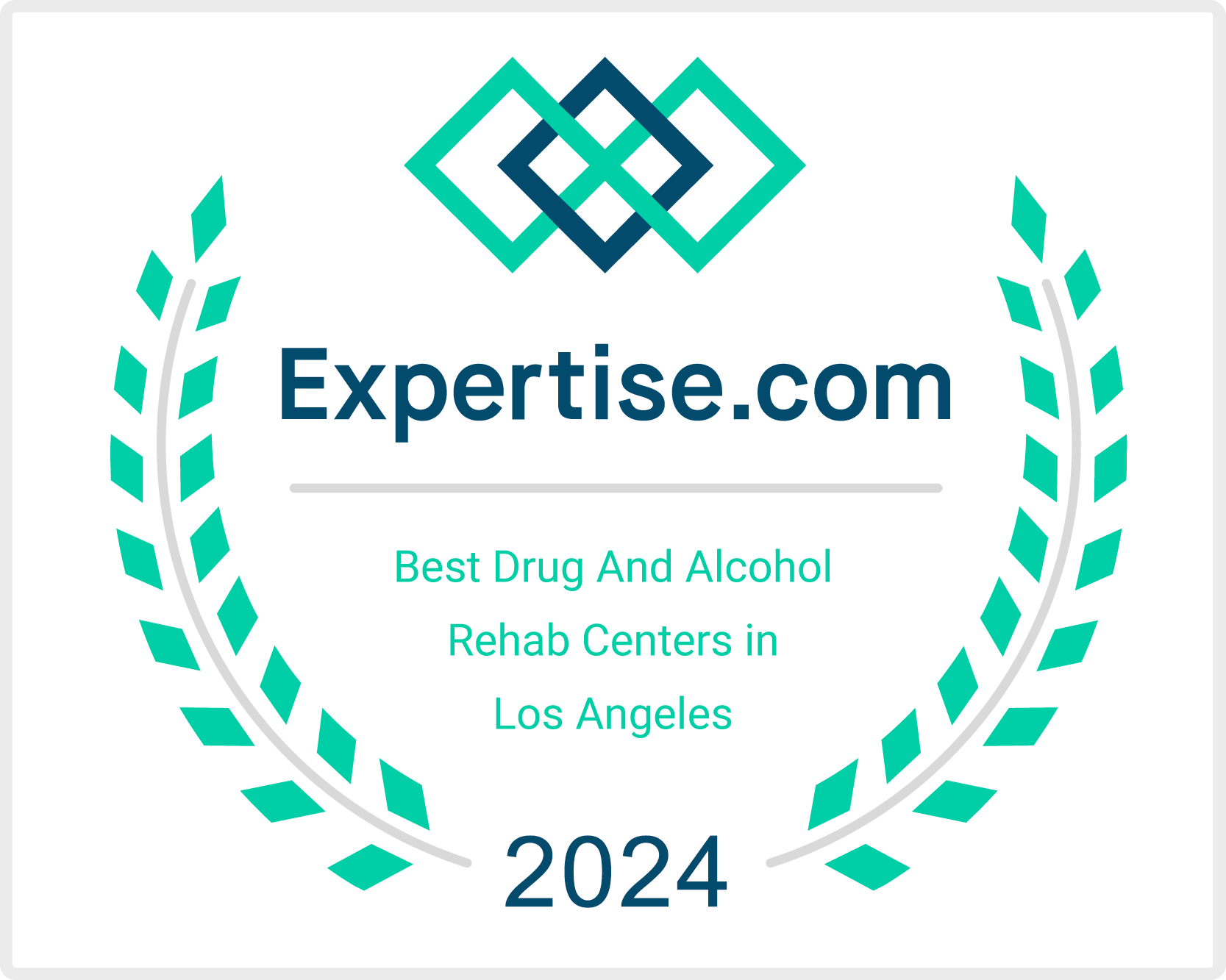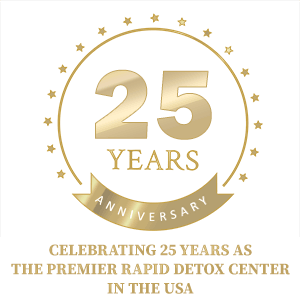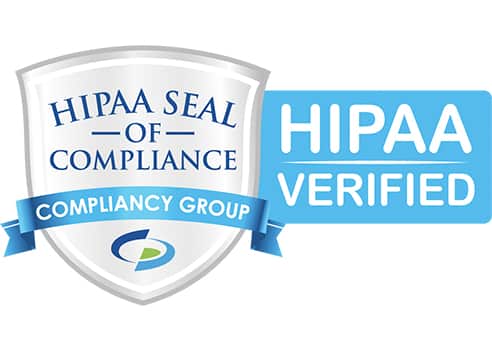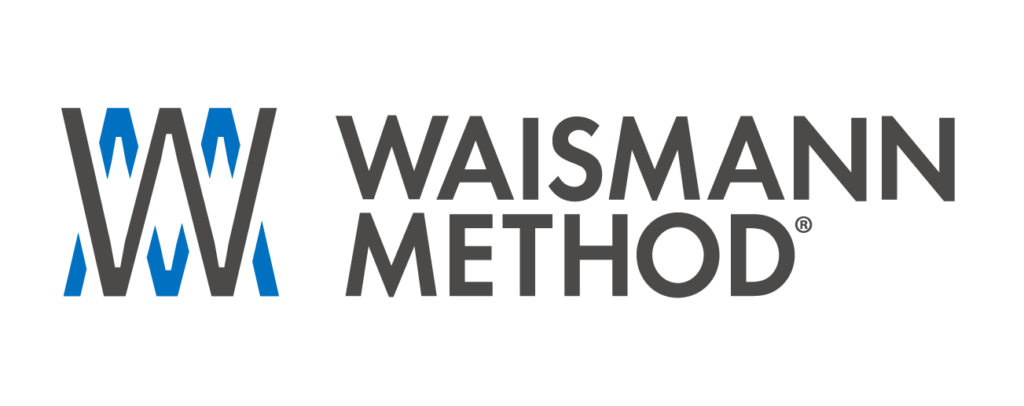The history of rapid detox is a testament to humanity’s quest to understand and combat opiate addiction. Originating from the American Civil War, when morphine was naively used to soothe soldiers’ pain and inadvertently birthed the “soldier’s disease”, the field has come a long way. Our detailed timeline charts the transformation of opiate treatments: from the early days marked by lack of awareness and harsh withdrawal symptoms to the sophisticated, scientifically-backed strategies of today. As we trace the footsteps of medical evolution, witness how the narrative shifted from blame to breakthroughs, offering hope and healing to countless affected souls.
The Evolutionary History of Opioid Detoxification and Treatment
Methadone: From World War II to Modern Pain Management
Methadone, initially synthesized by German scientists for troops during World War II, gained prominence when American pharmaceutical titan, Eli Lilly, began producing it as Dolophine.
in 1947. As heroin addiction surged in the 1960s, methadone emerged as a beacon of hope for opiate treatment. By the 1970s, its use became so prevalent that the U.S. government began regulating its distribution. In 2001, these guidelines evolved, endorsing methadone’s use for pain relief.
While methadone offered solace to many, it’s imperative to note its opioid nature, sometimes leading to a transition of dependencies. Thankfully, American scientific progression offers paths to opioid-free lives, emphasizing the value of abstinence-based opiate treatments.
Navigating the Challenge of Opiate Withdrawal
The overarching goal of opiate treatment programs remains: guiding patients to a drug-free life. Detoxification is often the first, critical step. However, cessation or tapering of opioids can unleash severe physical and psychological withdrawal symptoms. Recognizing the formidable challenge of withdrawal, researchers sought techniques to ease and expedite this process. Their efforts culminated in the pioneering Ultra Rapid Opiate Detox, turning the daunting journey to sobriety into a more achievable endeavor for many.
A Deep Dive into the History of Rapid Detox
Naloxone & Naltrexone: Turning the Tide Against Opiate Effects
The journey of rapid detox witnessed a pivotal turn in the 1960s with the advent of Naloxone, a linchpin in neutralizing opiate overdoses. Its oral counterpart, Naltrexone, later earned FDA approval in the 1980s, demonstrating efficacy in both blocking opiate effects and reducing cravings. Groundbreaking experiments later merged Naloxone with sedatives, refining the opioid detoxification process, and prioritizing patient comfort during withdrawal.
Pioneers of Sedation-Assisted Detox
Though many doctors claim to be the vanguard of sedation-assisted detox, it’s clear the breakthrough owes its existence to the collective endeavors of countless dedicated individuals. The origins and progression of rapid detox mirror the evolutionary nature of medical advancements, each innovation building upon prior knowledge.
A Look Back at Rapid Detox’s Inception
Richard B. Resnick MD is credited with first exploring rapid detox under anesthesia. His 1977 publication detailed procedures employing Naloxone and clonidine. The subsequent decade saw Dr. Norbert Loimer highlight the success of opiate detoxification under general anesthesia. Their foundational research laid the groundwork for today’s sedation-assisted detox procedures. While methods have evolved, they invariably trace back to principles established in early research.
Highlighted below are pioneering studies that paved the way for modern rapid detox:
Naloxone-precipitated withdrawal. A method for rapid induction onto naltrexone. Richard B. Resnick M.D.,Richard S. Kestenbaum Ph.D.,Arnold Washton M.A.,Doris Poole R.N.
Clonidine and Naltrexone. A safe, effective, and rapid treatment of abrupt withdrawal. D S Charney, C E Riordan, H D Kleber, M Murburg, P Braverman, D E Sternberg, G R Heninger, D E Redmond
The combined use of clonidine and naltrexone is a rapid, safe, and effective treatment of abrupt withdrawal from methadone. Charney DS, Heninger GR, Kleber HD. These scientists’ early efforts were the beginning of the true history of rapid detox.
Rapid Detox History: An Insight into Modern Developments
The history of rapid detox took a transformative turn in the 1980s. Spearheaded by innovators like Dr. Juan J. Legarda, the world witnessed the establishment of the pioneering rapid detox clinic in Spain. As more clinics emerged, varying protocols were observed, but they uniformly endorsed one revolutionary approach: utilizing anesthesia for opioid detoxification, significantly enhancing patient comfort during the critical withdrawal phase.
Throughout its evolving history, opioid detox under sedation adopted multiple monikers, often tailored for marketing appeal. Yet, at its essence, the core principle of administering antagonist medications to patients in a sedated state remained consistent, etching its place in the rapid detox history. These groundbreaking strides owe much to early scientists who relentlessly pursued advancements in opioid treatments.
Recent years, marked by an escalating opioid crisis, witnessed a surge in the popularity of rapid detox. Its compassionate methodology allows patients to navigate detoxification without experiencing severe withdrawal symptoms’ full brunt. Furthermore, post-detox treatments such as Vivitrol and Naltrexone emerged as vital tools, instrumental in managing cravings and mitigating relapse risks.
Amid these milestones in the history of rapid detox, patient safety has consistently been a paramount concern. A shining beacon in this domain is the globally recognized Waismann Method®. Symbolizing excellence in the rapid detox realm, its foundation rests on the director’s profound expertise and an unwavering commitment to exceptional patient care.
WAISMANN TREATMENT™: Revolutionizing Sedated Opioid Detox
At the nexus of rapid detox’s historical evolution lies the Waismann Method® – a beacon of innovation in opioid use disorder treatment, named after its visionary founder, Clare Waismann.
A Historical Perspective on the Waismann Method®:
- Pioneering Leadership: Driven by Dr. Michael H. Lowenstein, a seasoned professional with four board certifications spanning addiction medicine, anesthesiology, and pain management.
- The Waismann Legacy: Clare Waismann wasn’t just a founder; she was a trailblazer. Building on the foundation laid by early rapid detox researchers, Clare sought to elevate the treatment paradigm. Her vision? Comprehensive care that did more than just detox – a vision that gave birth to the globally recognized Waismann Method®.
“ By revolutionizing a long, distressing withdrawal into a brief, humane experience in a private ICU setting, the Waismann Method® has sculpted a new chapter in the history of opioid dependence treatment.”
— C. Waismann M-RAS/SUDCC II
Waismann Method®: Defining a New Era in Rapid Detox History
From its inception, the Waismann Method® was not just about detoxification; it was about revolutionizing the entire approach to opioid dependency treatment. Clare Waismann’s vision was clear: take the foundational work of early rapid detox pioneers and elevate it to unprecedented heights. While opioid detoxification under anesthesia was a significant leap, Clare Waismann believed in offering more — an encompassing treatment plan that integrated both pre and post-care, tailored to each patient’s unique narrative.
Given the complex nature of opioid use disorder, it’s essential to understand that no two recovery journeys are alike. The Waismann Method® operates on this very principle, ensuring every treatment is as unique as the individual receiving it.
Our global reputation as a leading center for opioid detoxification isn’t just about our method but our defining attributes:
- National Leadership: We are nationally celebrated as the top provider of medically assisted opioid detoxification under sedation.
- Pioneering Founder: Our legacy is rooted in the vision of Clare Waismann, a registered addiction specialist and substance use disorder counselor, after whom our method is proudly named.
- Unrivaled Medical Expertise: Steering our medical endeavors is Dr. Lowenstein, boasting four board certifications from prestigious bodies such as ABPM, ABAM, ABA, and ABAAR. His unmatched experience in opiate detox under sedation has been instrumental in guiding thousands to recovery.
- Global Patient Base: Our singular, specialized center in Southern California has been the preferred choice for patients worldwide since 1998.
- Accreditation and Safety: Our collaboration with a JCAHO-accredited hospital epitomizes our commitment to ensuring patient safety and top-tier care.
- A Tailored Approach: Recognizing the uniqueness of every individual’s journey with opioids, the Waismann Method® ensures a personalized treatment trajectory for every patient.
Conclusion:
Navigating through the chapters of rapid detox history, the Waismann Method emerges as a beacon, lighting the path with its innovative approach and relentless commitment to patient-centric care. It’s more than a treatment; it’s a paradigm shift in opioid detoxification. For those seeking the pinnacle of safety, effectiveness, and holistic care in their recovery journey, the Waismann Method, exclusively available in Southern California, stands unmatched in its promise and delivery.
Written by Clare Waismann, Registered Addiction Specialist (M-RAS), Substance Use Disorder Certified Counselor (SUDCC II)
Disclaimer: The content of this article is intended for informational purposes only. It is not a substitute for professional advice or consultation. Despite the contributions from Clare Waismann, M-RAS, SUDCC II, and the expertise of our editorial team, information is subject to change, and readers are encouraged to seek direct expert guidance before acting upon any information provided here.
Opiates.com blog references various sources for its content. Always consult with a healthcare professional regarding any concerns or questions.

